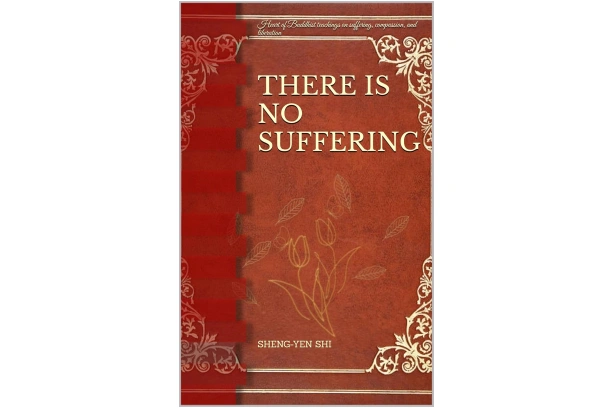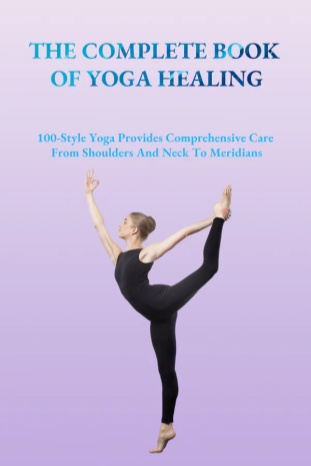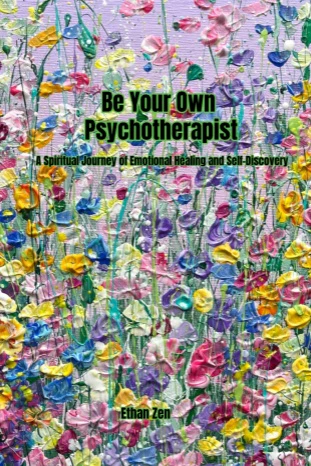A Beginner's Guide to Meditation Practice
01: What is Meditation Practice? Why Should We Meditate?
The benefits of meditation are well-known and don’t need much emphasis. I’ve been practicing meditation for nearly five years, and it has profoundly changed my life.
The core of meditation practice is to help us move beyond attachment to thoughts and return to our innate, luminous true self. While we intellectually understand that the three-dimensional world we see is simply a projection of our inner beliefs, it can be challenging to truly believe that our current reality is created by our beliefs.
From the moment we wake up, our minds are filled with constant thoughts. Without awareness, we can get swept up in these thoughts, which are often negative, anxious, or obsessive. Instead of being masters of our minds, we become enslaved by them, trapped in self-centered illusions, leading to a conflicted and painful existence.
The key to meditation practice is to completely release the energetic entanglements within our physical and multidimensional energy bodies, which is the essence of energy healing. As we dissolve these energies, old belief systems fall away naturally. Instead of forcefully trying to change ourselves, we find our true, luminous self in a state of openness and begin our journey toward awakening.
Without practice, when external interactions don’t match our attachments, emotions arise, leading us to project them outward and become entangled with others. Forcing a change in perspective at this point is ineffective and can lower our energy further, deepening the entanglement.
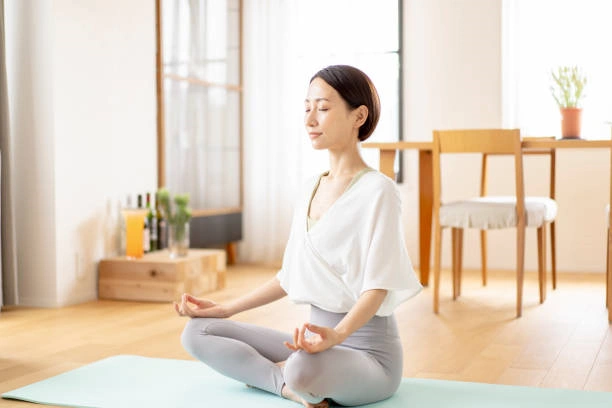
02: How to Practice Meditation?
- The first stage of meditation is learning to detach and focus on your breathing. Be an observer of your thoughts and physical sensations without judgment, quietly experiencing them and reclaiming your awareness.
- The second stage involves quieting down and discovering the inner completeness within yourself, living in the present moment through your physical body. In this state, you learn to go with the flow of the universe’s arrangements — whether facing wealth or poverty, or emotional entanglements — realizing that all experiences contribute to your soul’s awakening.
- The third stage is experiencing a sense of connection with all things in a state of awakened emptiness. With positive belief systems, your energy elevates, insight arises, creativity flows, and your circumstances align with your inner state.
Meditation has no strict rules, and starting is simple: just redirect your mind’s attention from the external world back to your own feelings. Guided audio isn’t necessary.
Your posture doesn’t need to be rigid — you can sit or lie down. In my audio guides, I suggest “pressing the tongue to the roof of your mouth and keeping your spine straight” to facilitate energy flow. During meditation, avoid twisting the body and keep the spine upright.
The most important thing in meditation is to avoid attachment. I’m writing this because some people approach meditation with the mindset of using it like a subconscious reprogramming audio, expecting immediate results after listening repeatedly. This approach contradicts the essence of meditation practice! The correct approach is to quiet the mind and let go of attachments.
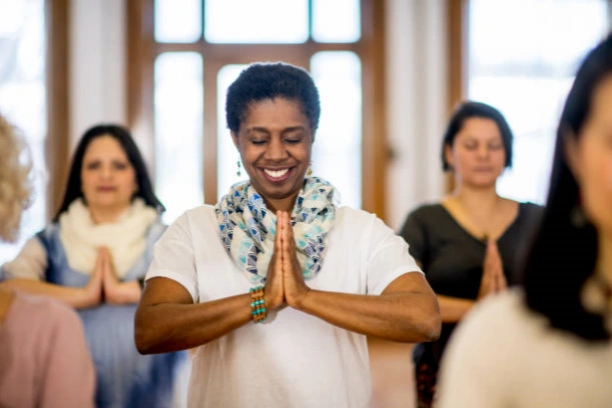
03: How to Protect Your Energy Field During Meditation Practice?
During meditation, you may experience certain physical reactions, such as burping, passing gas, tearing up, diarrhea, pimples, pain, fatigue, low fever, or tingling sensations. All of these are normal responses, so just allow your body to process them naturally.
Sometimes, when listening to chakra or high-energy meditations, you might feel intense coldness or have nightmares. This is also normal; whenever energy is significantly elevated, energetic entanglements on a soul level may arise.
When this happens, avoid giving in to fear. As long as you stay centered in openness, the entanglements will naturally dissolve. If fear persists, imagine yourself surrounded by a protective energy pyramid that clears away fearful energy.
For more advanced meditation practices, in such situations, you may recite mantras like the Diamond Sutra or the Shurangama Mantra. When chanting, the purpose isn’t to “banish” unknown energies, but to remain fearless and unattached.
Approach meditation practice without a utilitarian mindset or the desire for answers. Quiet yourself, empty your ego, and return to openness. Allow high-frequency energy to flow naturally, let healing occur organically, and walk the path to awakening through this state of openness. You can cultivate inner peace through meditation. We sincerely recommend you to check our ebook In this book, you may can look for the right answer.
